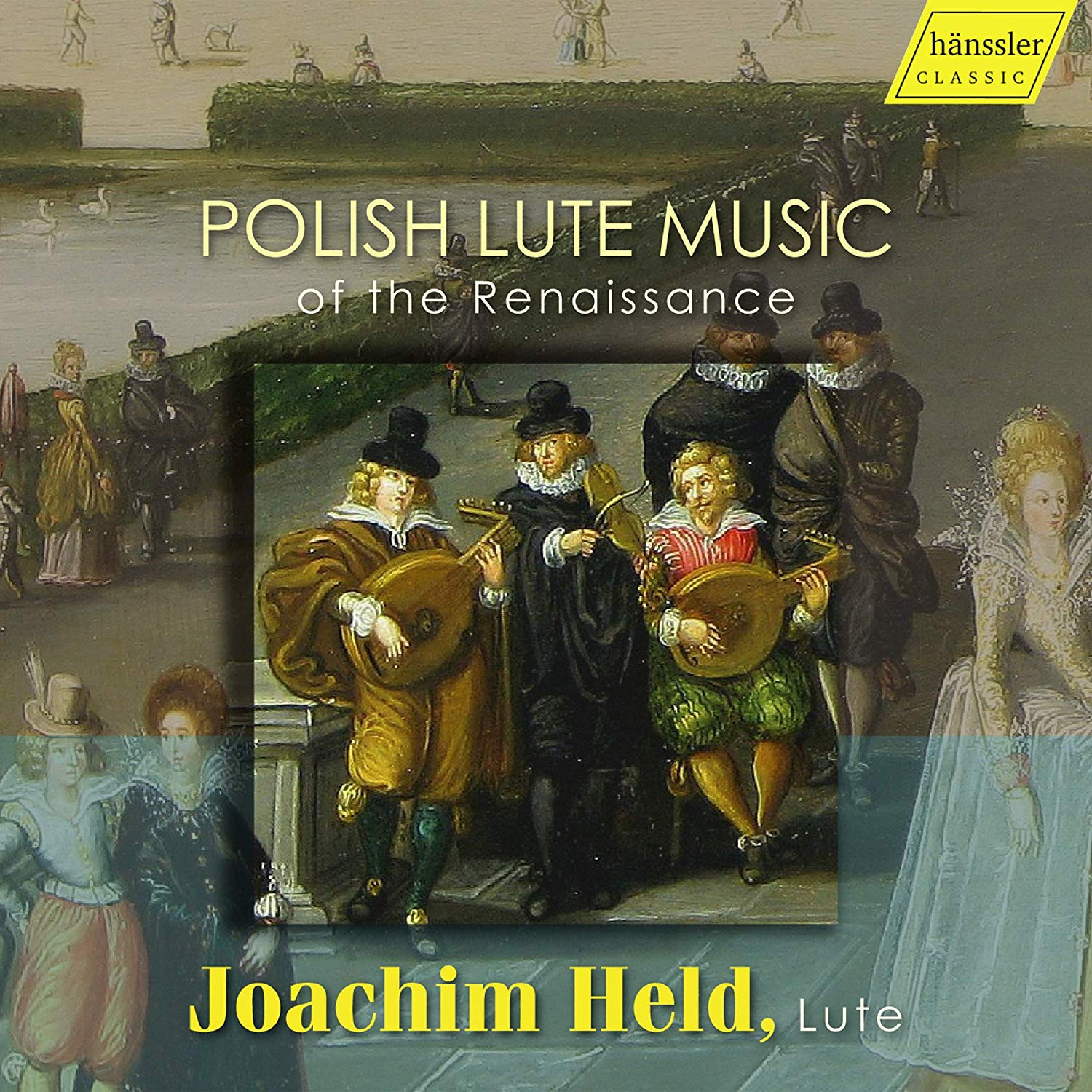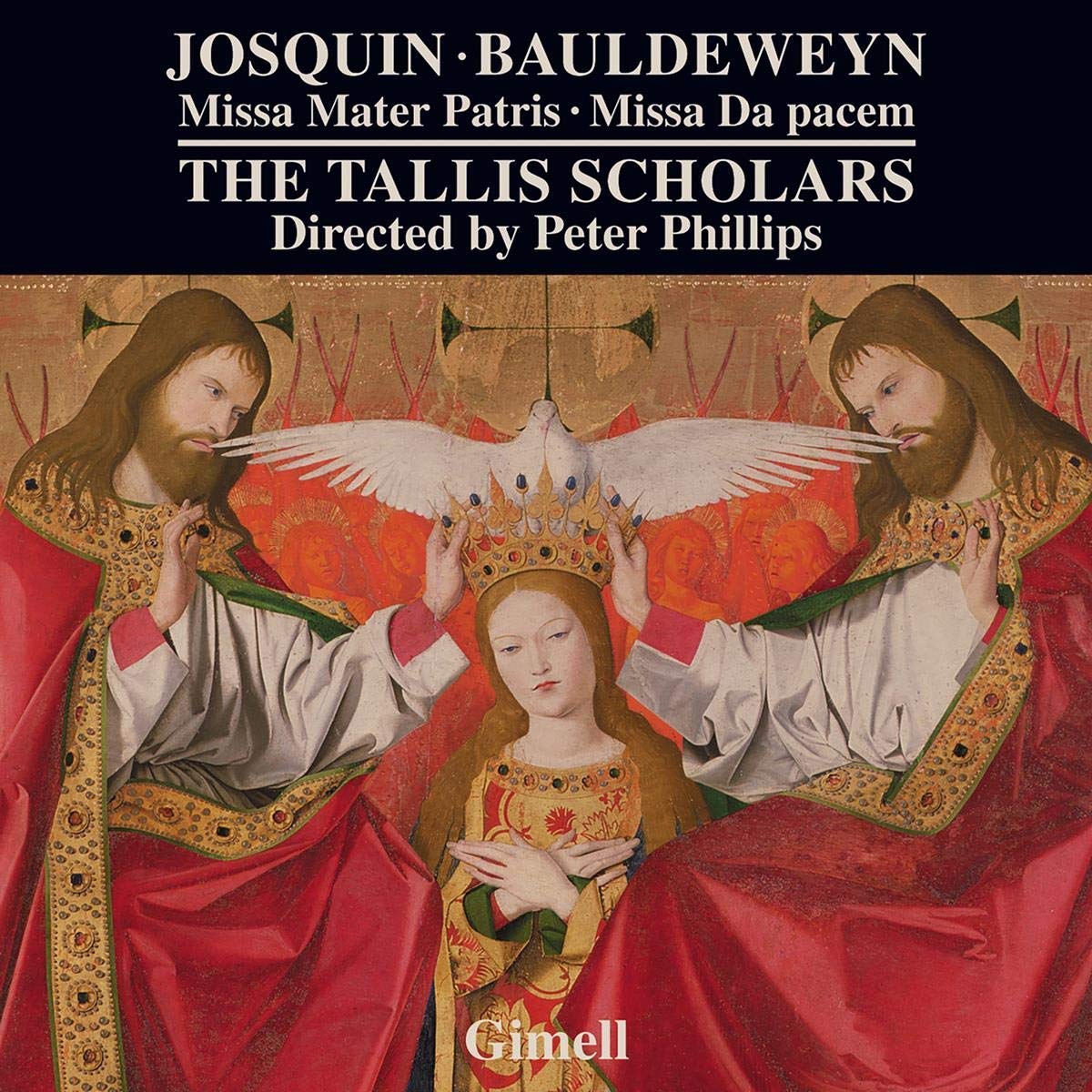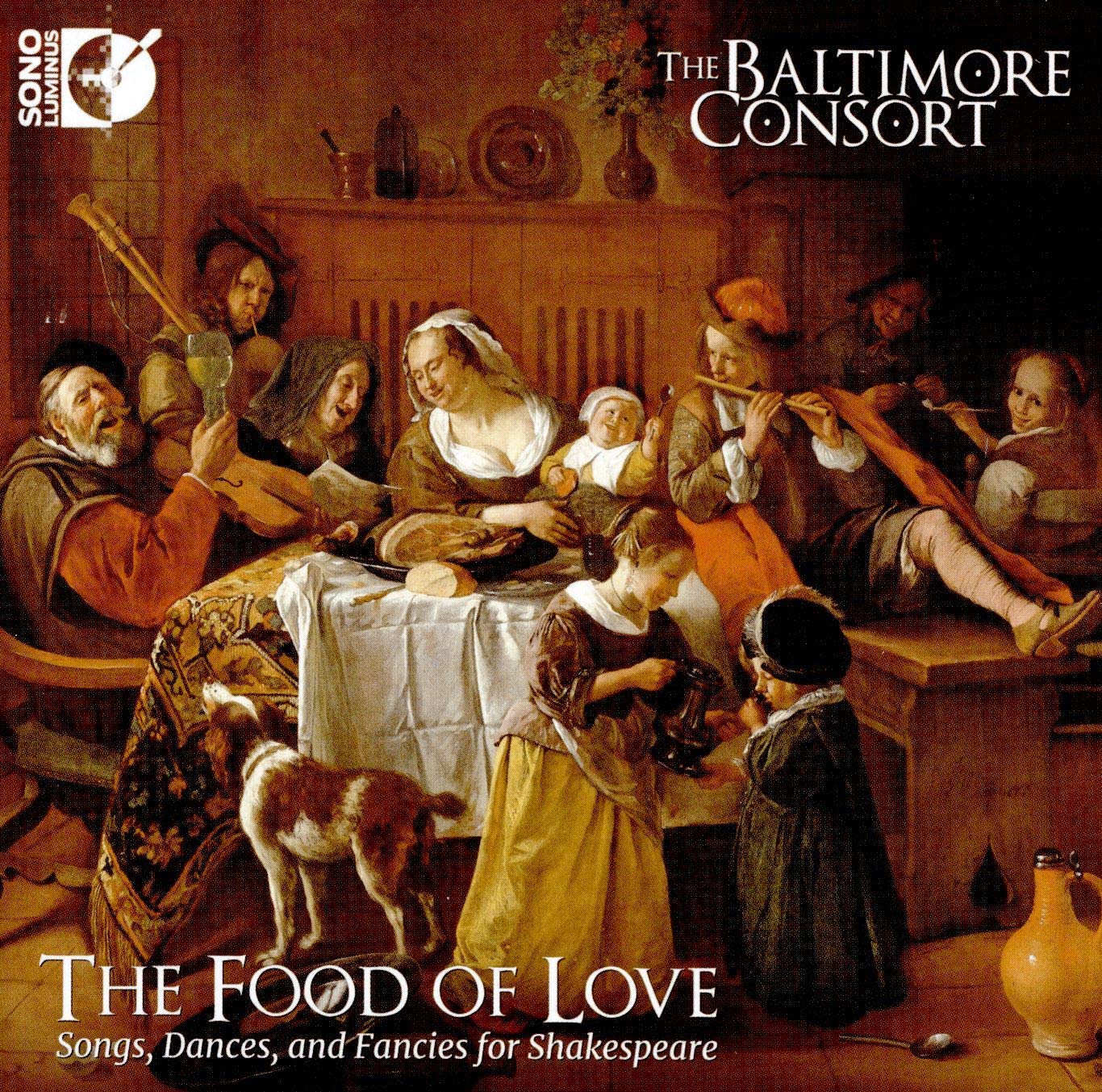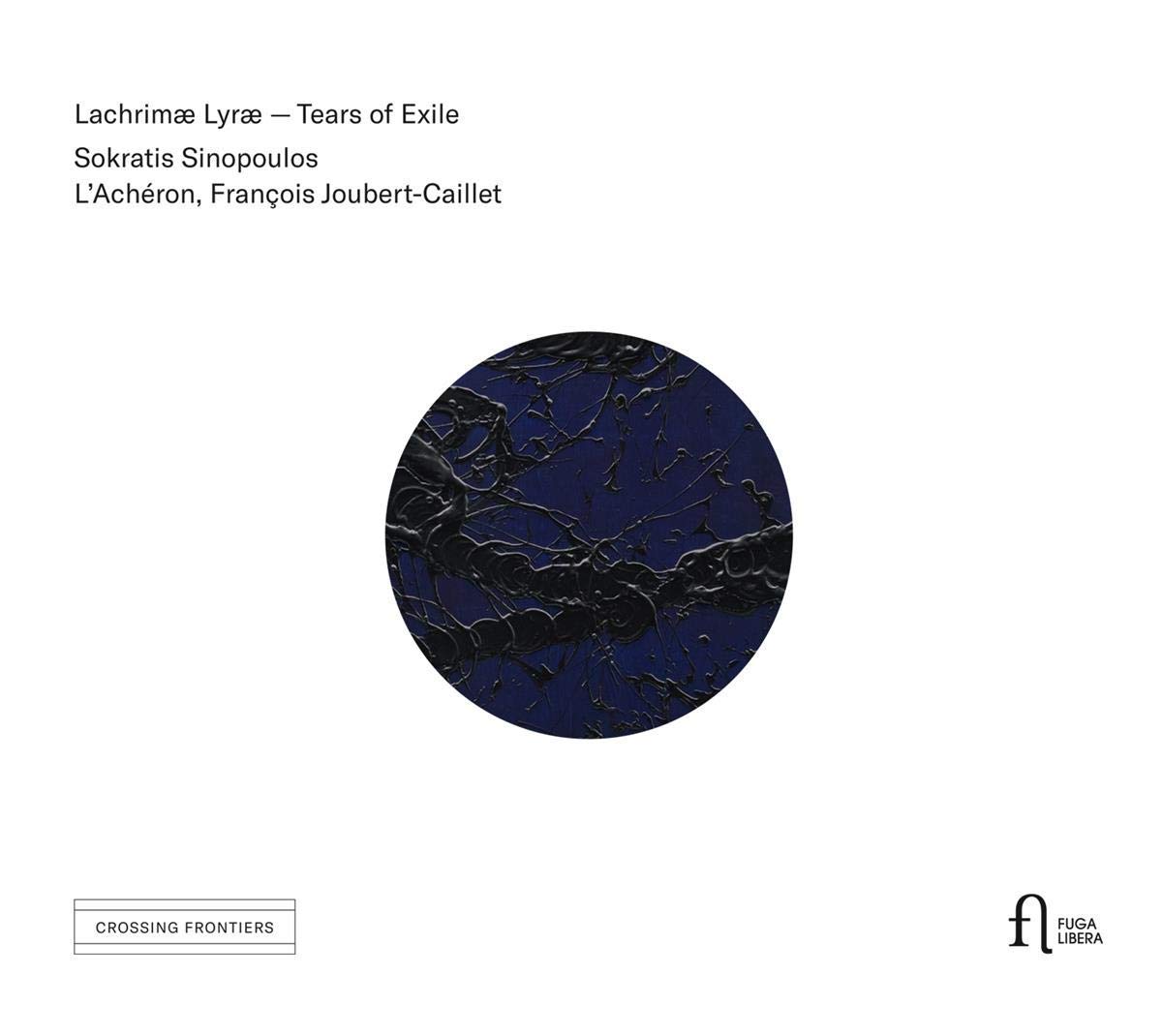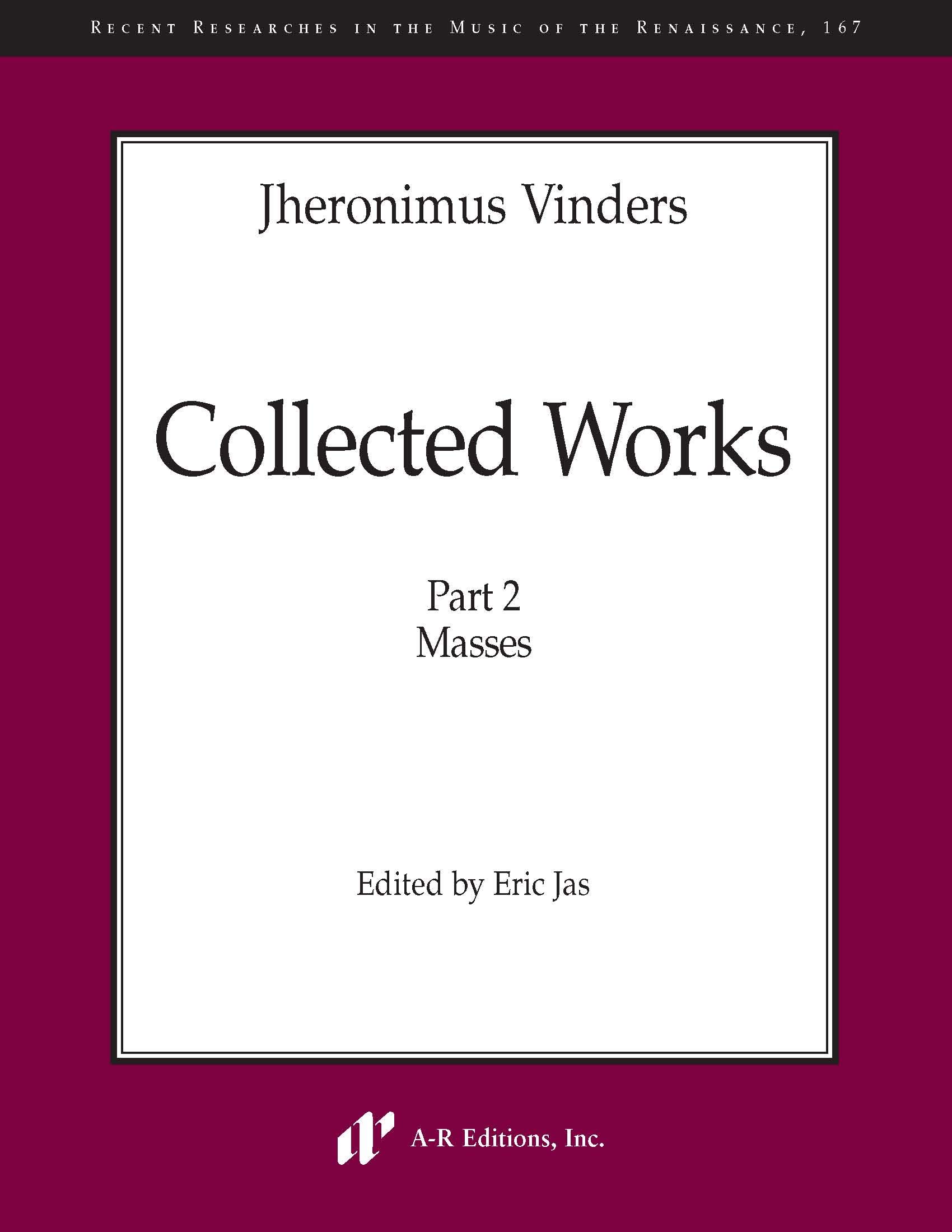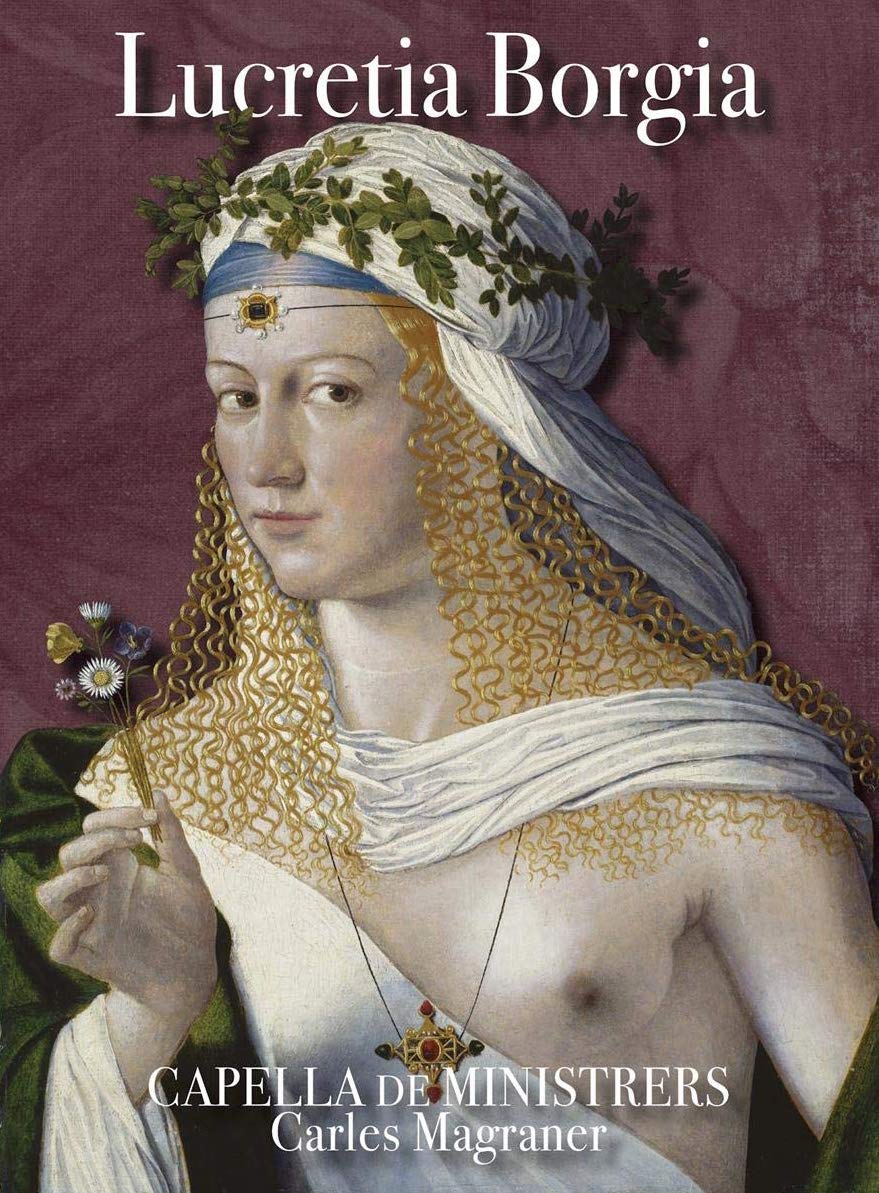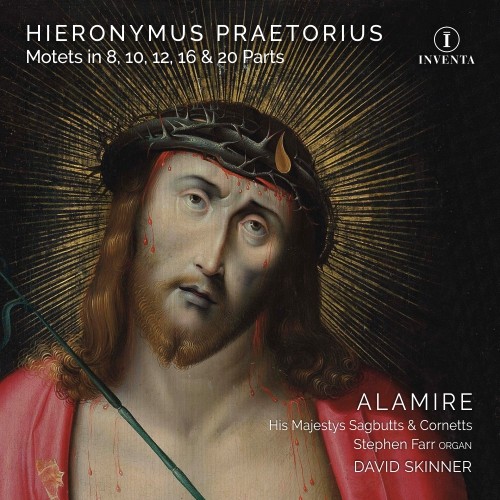Cinquecento Renaissance Vokal
72:11
hyperion CDA68284
Over recent years several of Cinquecento’s recordings have gone through my hands. Outstanding singers as they are, performing sometimes revelatory repertory, their interpretations can sound monochromatic and be rhythmically rigid. In the wrong hands, or indeed voices, Palestrina’s Lamentations could be conveyed in a way that does them no favours texturally and as regards tempo could simply plod. Thankfully Cinquecento are at their most insightful and alert, giving this book of Palestrina’s Lamentations as fine a recording as the Choir of Westminster Cathedral give the Third Book on the same label (CDA67610). The fact that there are seventy tracks, and that only the final track lasts for over two minutes, plays to Cinquecento’s strengths. They respond sensitively to Palestrina’s varied scoring within each of the nine Lectiones, from three to eight voices, so although they adhere to steady tempi, these reveal the subtleties of his homophony and polyphony and, thanks to this approach, gorgeous harmonies are allowed to glow as the singers respond flexibly to the ebb and flow dictated by the texts. Any interpretations of this repertory will be of their time, and attitudes will inevitably change, but I cannot imagine a better presentation of this music, though it should be emphasized that the very differently constituted Choir of Westminster Cathedral provide an equally fine interpretation in their own terms on the recording mentioned above. Meanwhile Cinquecento’s well engineered disc is recommended with no reservations. Palestrina’s sheer genius is better expressed in this intense music, audibly influenced by his Franco-Flemish predecessors back to Josquin, than in his more public mainstream music in the – sometimes blander – High Renaissance style. For all that there are seventy brief tracks, interest never palls. As a commercial recording, this is perfection.
Richard Turbet
Click HERE to buy this CD on amazon.co.uk



